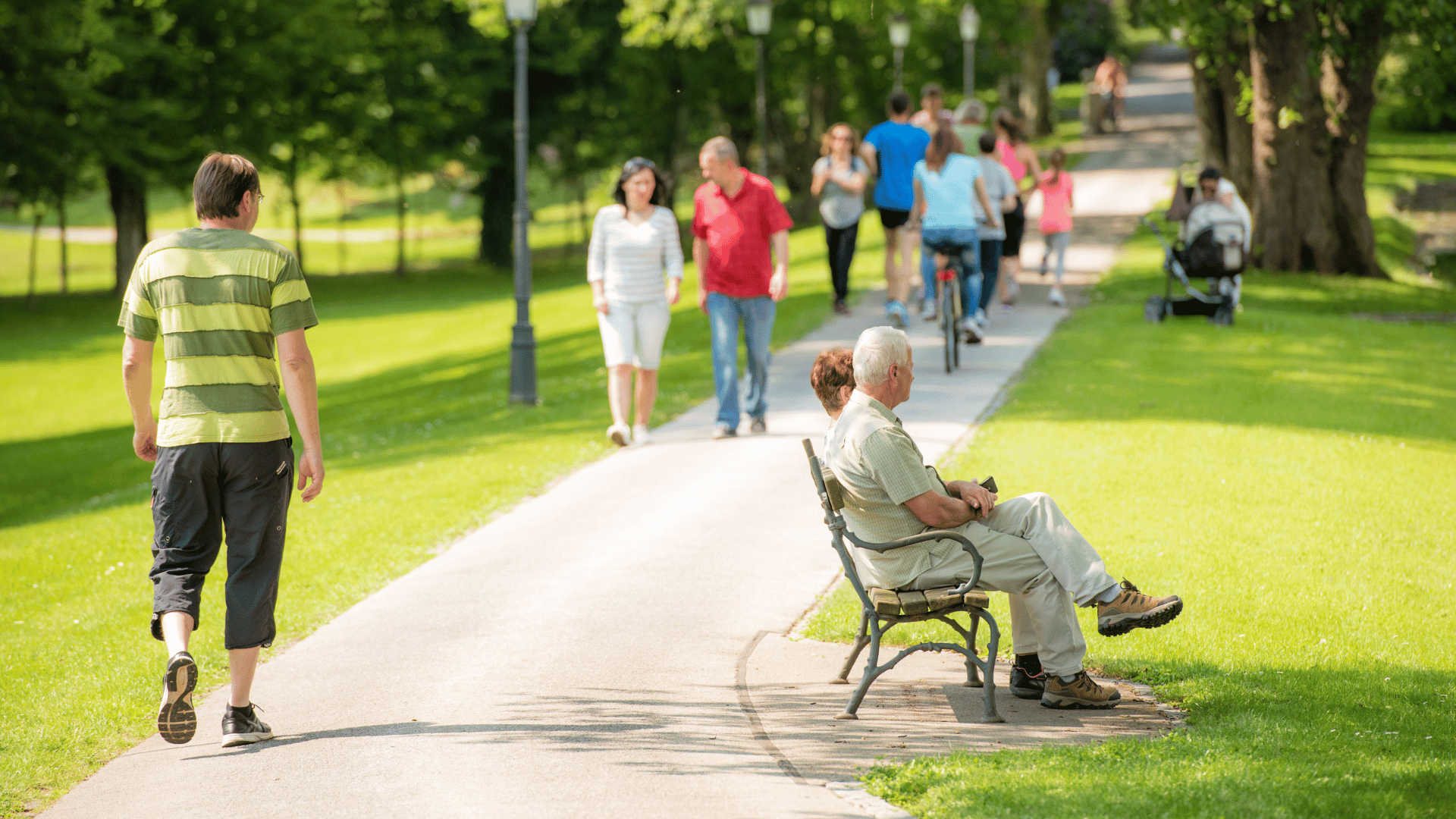All over the world, governments implemented lockdowns and encouraged people to stay home in order to slow the spread of COVID-19. While these stay-at-home orders did cause people to limit their outings, it also had another effect: people began to spend more time outside. Even though most people have been excited about society’s newfound appreciation for nature, experts worry about the implications. With more people outside, a temporary surveillance solution is necessary.
The Rise of Pedestrianisation
In the simplest terms, pedestrianisation is a phenomenon where vehicle access in an area is limited to promote use by pedestrians. Pedestrianisation has been slowly increasing for years due to efforts to reduce pollution and global warming, but there’s been an uptick since the pandemic started. Government mandated quarantines have pushed people to spend time in parks and outside areas since there’s nowhere else for them to go. Additionally, many restaurants are moving their dining rooms to outside patio areas to comply with social distancing regulations. Roads and streets are also being narrowed to support the increased physical distance sidewalk pedestrians are needing to keep from one another. This type of pedestrianisation has been labeled as temporary pedestrianisation because it emerged from a temporary situation.
Although many people have expressed their support for society’s shift towards the outdoors, nearly half of urban planners worry that this increased pedestrianisation is opening up outside spaces to risks. With more people gathering outside, there’s an increased chance that someone may target these groups and attack them. But besides that, individual pedestrians may be vulnerable to danger if they’re in isolated areas.
Temporary Surveillance Solution
With more people spending time outside, surveillance is necessary to protect the well-being of these pedestrians. The majority of outside areas do not have an existing CCTV system because the infrastructure needed to support a system does not exist. With a traditional surveillance system, there needs to be a nearby power supply to power the security cameras. In addition, the cameras need to be mounted and attached to walls or ceilings.
It is possible for the infrastructure to be built, but doing this will take time and surveillance is needed now. Not only that, this pedestrianisation is temporary but the CCTV installation will be permanent. By the time the infrastructure is built and the CCTV system is installed, there might not be a need for it anymore. 30% of urban design professionals agree that a temporary surveillance solution that can be installed and removed easily is needed.
But how can temporary surveillance be provided? And how can it be provided quickly? The answer lies in a rapid deployment surveillance system. A rapid deployment surveillance system is characterized by their ability to provide mobile and temporary surveillance to areas fast. At 2M Technology, we carry a line of solar trailers with these key features. The security cameras come already attached to a trailer so there’s no need for any other supporting infrastructure. In addition, the cameras are solar-powered so they don’t need to be plugged into an external power source. Everything that is needed for surveillance comes ready on a mobile trailer so surveillance can be provided and removed instantly. A temporary situation requires a temporary solution, but the well-being of society is permanent. If you would like to learn more about our rapid deployment surveillance systems, then contact one of our sales consultants today!

